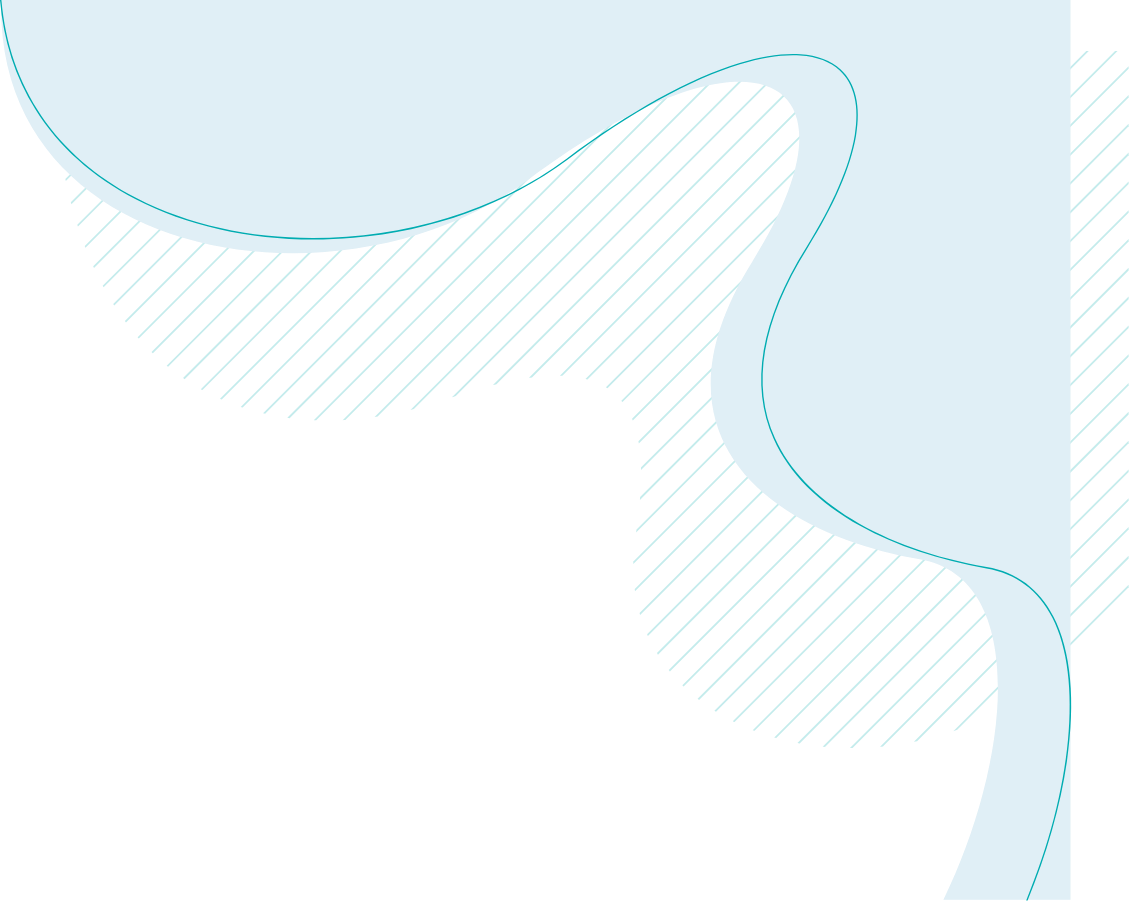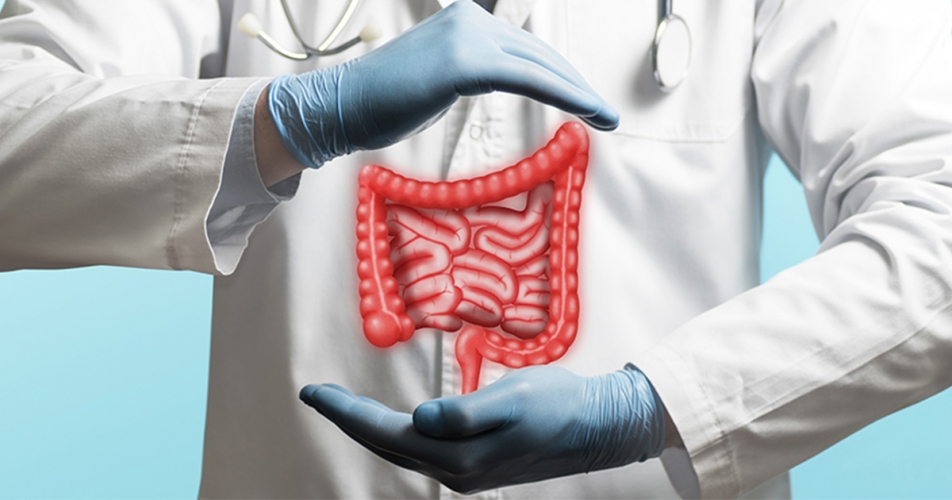


Hemorrhoids are often described as “varicose veins” of the anal canal. They consist of various swollen blood vessels covered by lining of the anal canal. There are many contributing factors to the development of enlarged hemorrhoids, including excessive straining, constipation, ageing, pregnancy and childbirth, or long periods in the washroom.
If hemorrhoids enlarge, they can prolapse externally through the anal canal, and become painful and visible. Symptoms include pain, bleeding, itchiness, and lumps.
A thrombosed external hemorrhoid is a blood clot that occurs within the hemorrhoid, and can cause severe pain. It usually settles down after 4-6 weeks, with the greatest severity of the pain being over the first 3-5 days.
Anal skin tags are frequently associated with hemorrhoids. These often form after a prolapsed thrombosed external hemorrhoid heals.
Investigations are often carried out to rule out other causes of bleeding in the colon and rectum, so a flexible sigmoidoscopy or colonoscopy may be organised.
Treatment includes injection or rubber band ligation, which are simple, less painless options, or haemorrhoidectomy, for haemorrhoids which are larger.